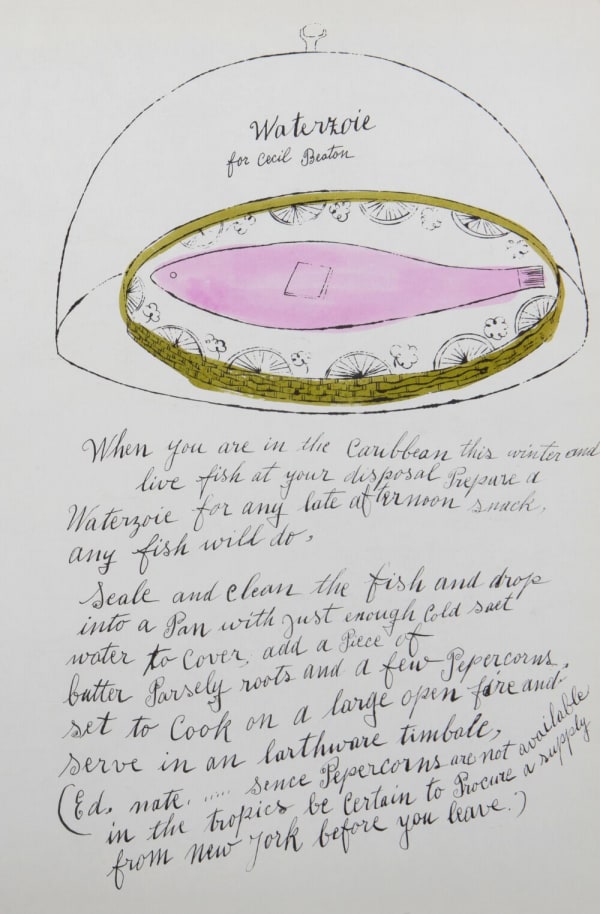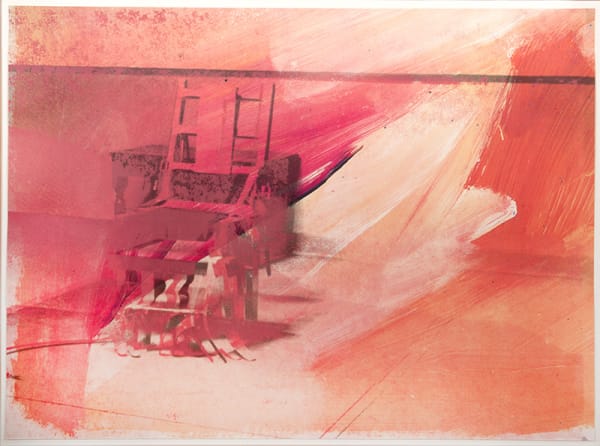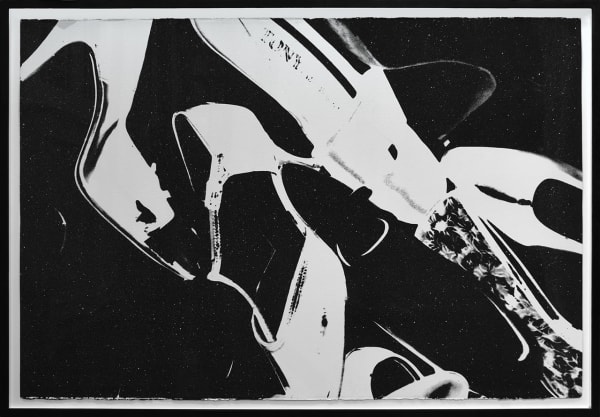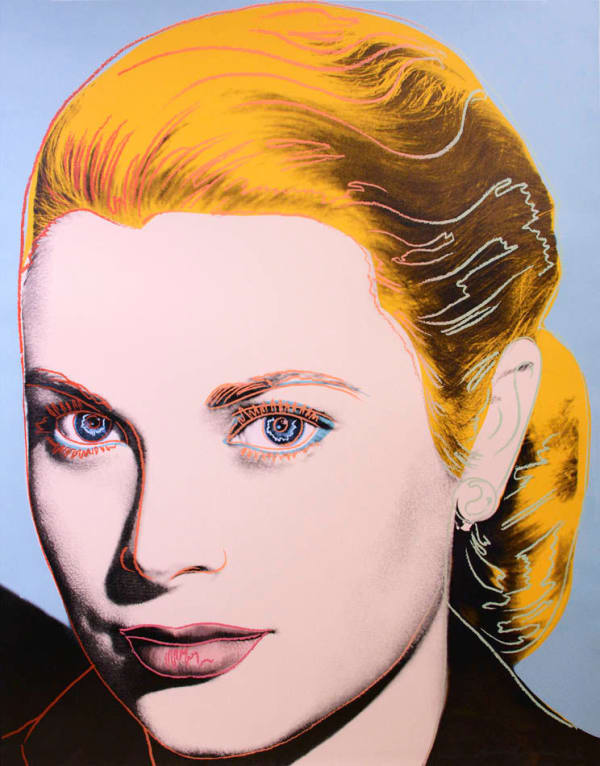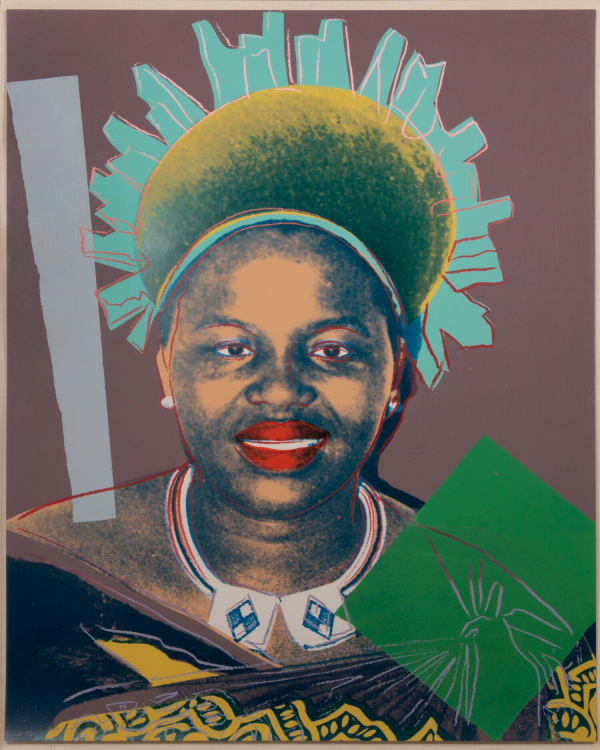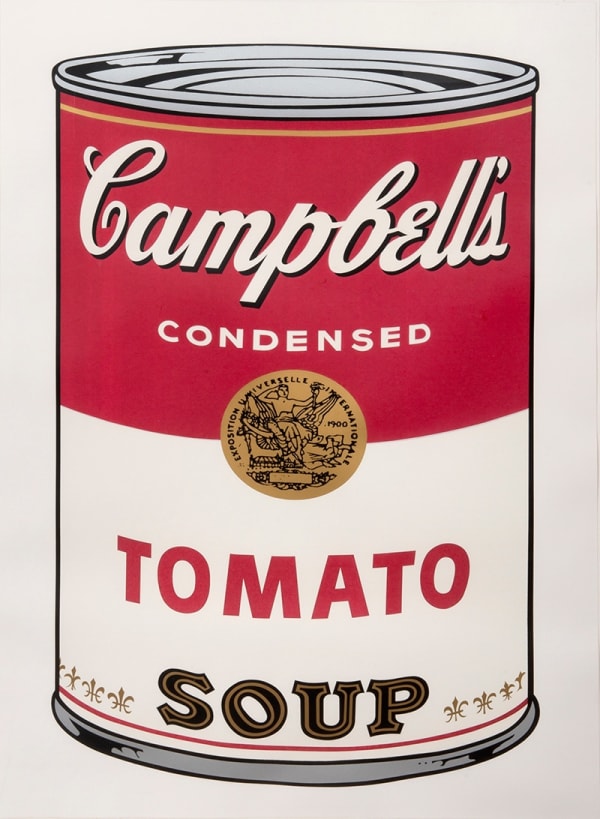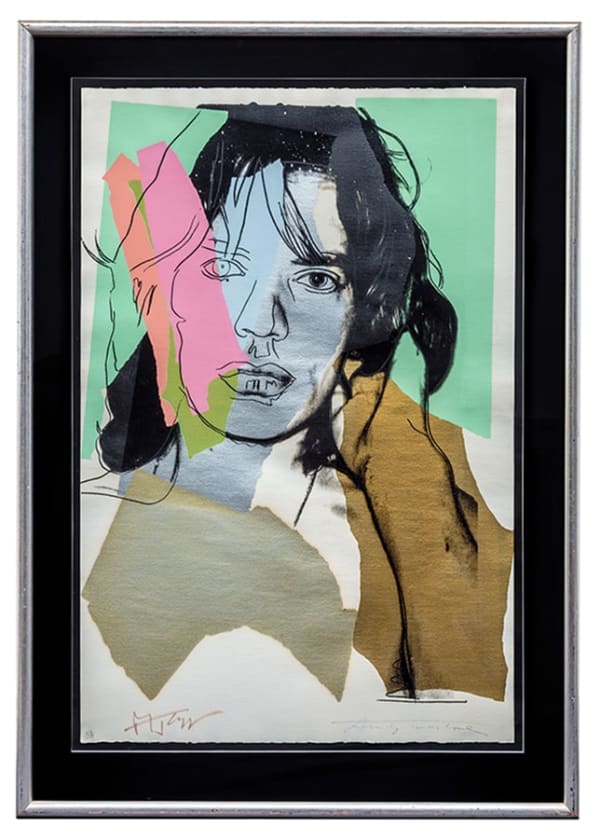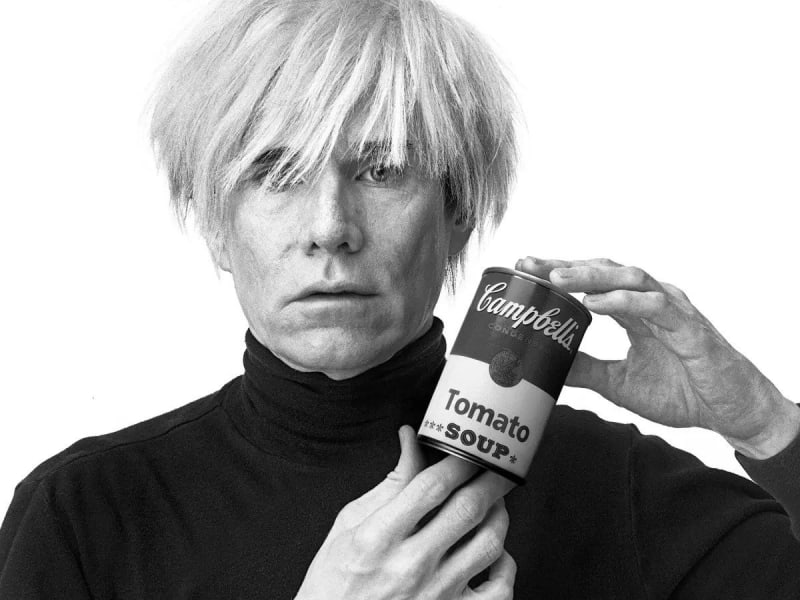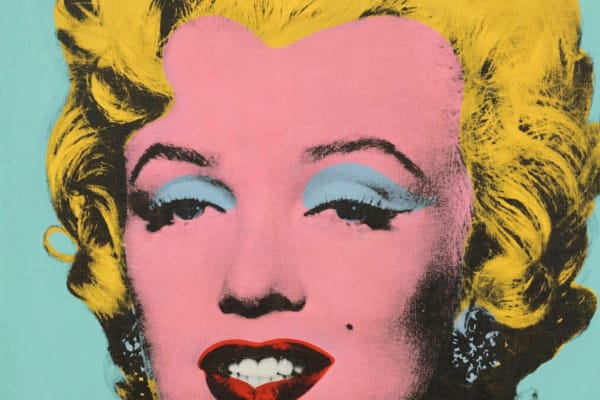Andy Warhol
'Art is anything you can get away with.'
Discover the world of Andy Warhol, a central figure in the history of 20th-century art, renowned for his vibrant Pop Art creations. Shapero Modern features a curated selection of Warhol's artworks, including signed prints, and limited editions. Warhol's repeated imagery of everyday objects and his innovative approach have cemented his place as an iconic figure in the art world.
Enquire NowRelated Artists
-
 Waterzoie, from Wild Raspberries, 1959
Waterzoie, from Wild Raspberries, 1959 -
 Greengages a la Warhol, from Wild Raspberries, 1959
Greengages a la Warhol, from Wild Raspberries, 1959 -
 Salade de Alf Landon, from Wild Raspberries, 1959
Salade de Alf Landon, from Wild Raspberries, 1959 -
 Henry Geldzahler, from The Geldzahler Portfolio, 1964
Henry Geldzahler, from The Geldzahler Portfolio, 1964 -
 Electric Chair, 1971
Electric Chair, 1971 -
 Shoes, 1980
Shoes, 1980 -
 Grace Kelly, 1984
Grace Kelly, 1984 -
 Queen Ntombi Twala, 1985
Queen Ntombi Twala, 1985 -
 Marilyn, 1967 Sold
Marilyn, 1967 Sold -
 Cream of Mushroom, from Campbell’s Soup I, 1968 Sold
Cream of Mushroom, from Campbell’s Soup I, 1968 Sold -
 Tomato Soup, from Campbell's Soup I, 1968 Sold
Tomato Soup, from Campbell's Soup I, 1968 Sold -
 Mao (II 97), 1972 Sold
Mao (II 97), 1972 Sold -
 Mick Jagger, 1975 Sold
Mick Jagger, 1975 Sold -
 Shoes, 1980 Sold
Shoes, 1980 Sold -
 Goethe (F. & S. II.270) , 1982 Sold
Goethe (F. & S. II.270) , 1982 Sold -
 Siberian Tiger, From Endangered Species, 1983 Sold
Siberian Tiger, From Endangered Species, 1983 Sold -
 Rebel Without a Cause (James Dean), from Ads, 1985 Sold
Rebel Without a Cause (James Dean), from Ads, 1985 Sold -
 Grevy's Zebra, From Endangered Species, 1985 Sold
Grevy's Zebra, From Endangered Species, 1985 Sold -
 Queen Elizabeth II, from Reigning Queens, 1985 Sold
Queen Elizabeth II, from Reigning Queens, 1985 Sold -
 Northwest Coast Mask, from Cowboys and Indians, 1986 Sold
Northwest Coast Mask, from Cowboys and Indians, 1986 Sold
Send me more information on Andy Warhol
Andy Warhol (1928–1987), artist, printmaker, filmmaker, and director, was a leading light in the Pop Art movement. Born in Pittsburgh, Pennsylvania, Warhol's journey began at the Carnegie Institute of Technology (now Carnegie Mellon University), where he excelled in commercial art. After earning his Bachelor of Fine Arts in pictorial design in 1949, Warhol embarked on a significant career in magazine illustration in New York City.
Warhol's first exhibitions in the 1950s, at venues such as the Hugo Gallery and Bodley Gallery in New York, and the Ferus Gallery in Los Angeles, marked the debut of his famous Campbell’s Soup Cans. His 1962 solo exhibition at Stable Gallery in New York and the Symposium on Pop Art at the Museum of Modern Art (MoMA) were pivotal moments in his career.
In the early 1960s, Warhol founded 'The Factory', a hub for artists, writers, celebrities, and musicians. His work in this era, especially the 1964 exhibit 'The American Supermarket', challenged notions of consumerism and the art market. Warhol's 60+ films between 1963 and 1968 further pushed the boundaries of art, blending it seamlessly with popular culture.
The 1970s saw Warhol creating commissioned celebrity portraits, featured at Manhattan's Jewish Museum in 1980. Post-1968, Warhol's focus shifted towards securing wealthy patrons, painting figures like the Shah of Iran Mohammad Reza Pahlavi and celebrities such as Mick Jagger and Diana Ross. Warhol also founded Interview Magazine in 1975 and was instrumental in the founding of the New York Academy of Art in 1979, merging his philosophies on art and business.
Warhol's legacy, preserved by The Andy Warhol Foundation for the Visual Arts, lives on in collections worldwide, including The Andy Warhol Museum in Pittsburgh. Shapero Modern offers a range of Warhol's artworks, inviting collectors and enthusiasts to own a piece of this legendary artist's oeuvre.
Browse our collection of Andy Warhol's artworks for sale, sign up for our newsletter, and contact us for enquiries.
-

Summer Exhibition 2025
The Pop Art movement and its evolution into the present day 10 Jul - 31 Aug 2025This summer, Shapero Modern will be presenting a stunning group exhibition featuring blue-chip artists whose bold, colourful prints have come to define the Pop Art movement and its evolution into...Read more -

Claes Oldenburg: Multiples
The first London exhibition of Oldenburg's Multiples 8 May - 8 Jul 2025The first London exhibition of Oldenburg's Multiples opens at Shapero Modern on Bond Street Shapero Modern is pleased to announce the opening of an exhibition of Claes Oldenburg's Multiples -...Read more -

Present Perfect
An array of exquisite pieces that celebrate the joys of discovering, owning and giving stunning works of art 28 Nov 2024 - 15 Jan 2025This festive season, Shapero Modern invites you to explore a specially curated selection of works, perfect for any art lover. Present Perfect showcases an array of exquisite pieces that celebrate...Read more -

The Modern Muse
Iconic portraits in modern and contemporary art. 22 Oct - 24 Nov 2024Visit Shapero Modern this autumn and come face to face with some of the most iconic portraits in modern and contemporary art. The Modern Muse will showcase artworks by Pablo...Read more -

Andy Warhol: 20 Under 20
9 Feb - 18 Mar 2023Consequently, the international demand for all things ‘Warhol’ has meant that the value of his work is on an upward trajectory, with Shot Sage Blue Marilyn selling for a record...Read more -

Made in America
24 Nov 2022 - 8 Feb 2023Our new exhibition ‘Made in America’ is now open at our Maddox Street gallery until the end of January 2023. The show features original prints by some of the greatest...Read more -

Summer Show 2022
6 Jun - 24 Aug 2022This is a group exhibition celebrating the brilliance and diversity of modern printmaking techniques with works by Andy Warhol, Alex Katz, David Hockney, Jasper Johns, Joan Miro and Pablo Picasso....Read more
-

London Treasure House Fair 2025
26 Jun - 1 Jul 2025Shapero Modern & Shapero Rare Books is delighted to announce our participation in the third edition of The Treasure House Fair, taking place at the...Read more -
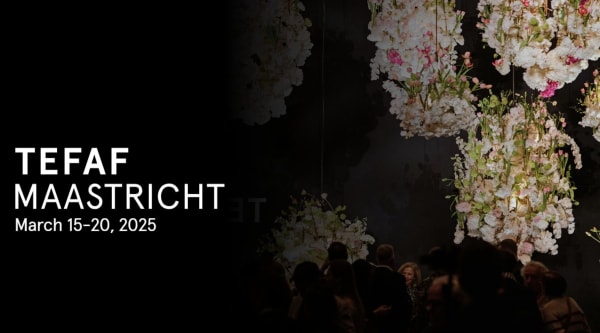
TEFAF Maastricht 2025
15 - 20 Mar 2025Experience the Finest Rare Books and Works on Paper at TEFAF Maastricht 2025 . As longstanding supporters of TEFAF Maastricht, we are thrilled to return...Read more -
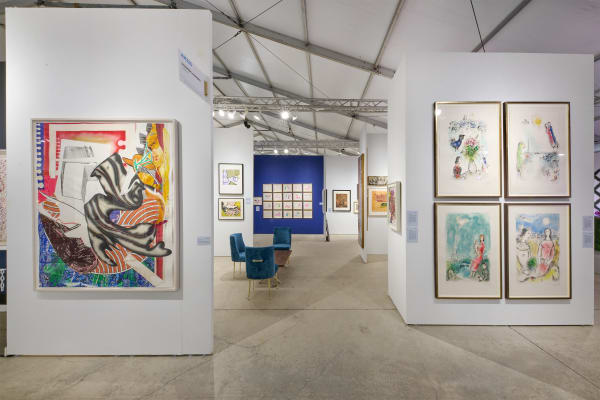
Art Miami 2024
3 - 8 Dec 2024Shapero Modern is set to make its fifth appearance at Miami’s premier contemporary and modern art fair ART MIAMI 2024 (3-8 December). As the longest-established...Read more -
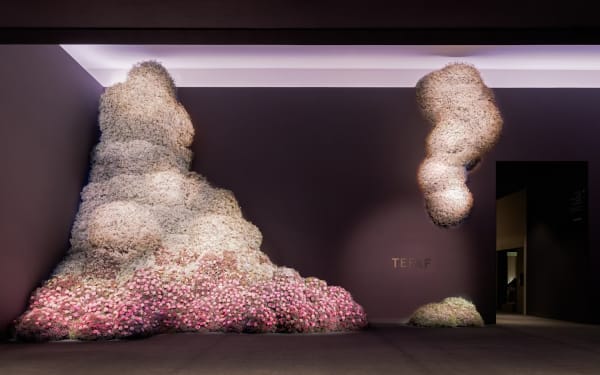
TEFAF Maastricht 2024
9 - 14 Mar 2024As supporters of TEFAF Maastricht from the very beginning, we are always delighted to have the opportunity to exhibit again at this premier fine art...Read more -
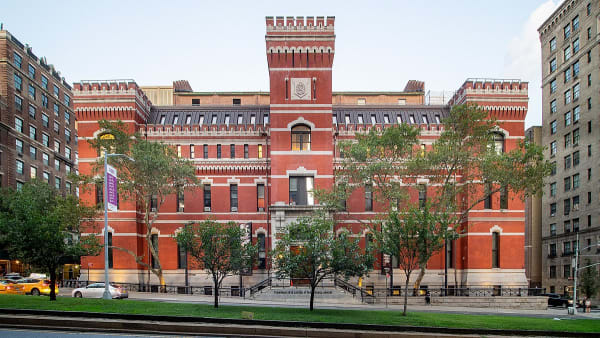
IFPDA Print Fair 2024
15 - 18 Feb 2024Shapero Modern is excited to return to New York for the IFPDA at Park Avenue Armory this 15th -18th February. Established in 1987, the IFPDA...Read more -
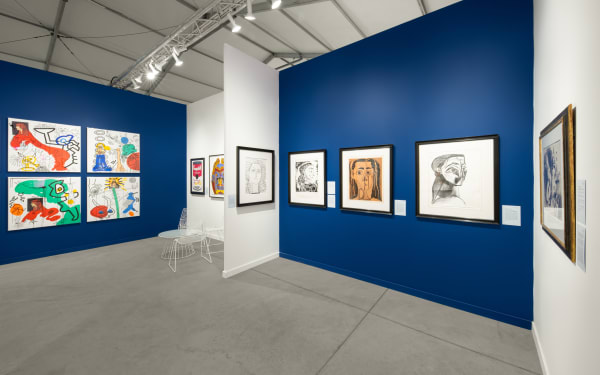
Art Miami 2023
5 - 10 Dec 2023Shapero Modern will be returning for a fourth time to Miami for America’s foremost contemporary and modern art fair. The Fair is the original and...Read more -

Frieze Masters 2023
11 - 15 Oct 2023Shapero Modern & Shapero Rare Books are honoured to be participating in the 2023 edition of FRIEZE MASTERS, located in the north-west corner of London's...Read more -
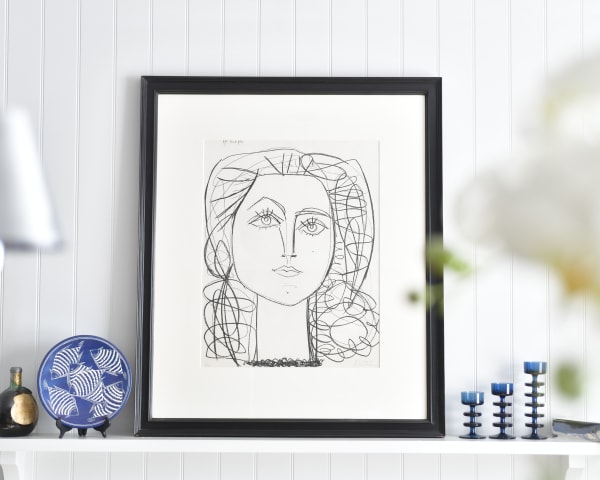
Hamptons Art Fair 2023
13 - 16 Jul 2023Shapero Modern are delighted to announce their participation at this summer’s Hamptons Fine Art Fair 2023 which takes place at the Southampton Fairgrounds from 13...Read more -
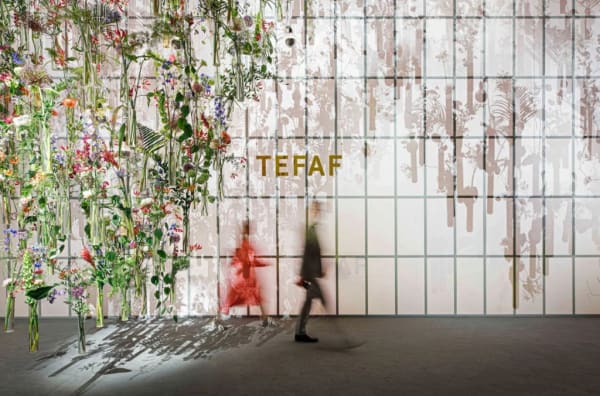
TEFAF Maastricht
11 - 19 Mar 2023Widely considered the preeminent fine art & antiques fair, TEFAF Maastricht continues to develop apace, drawing in thousands of collectors, interior designers and the simply...Read more -
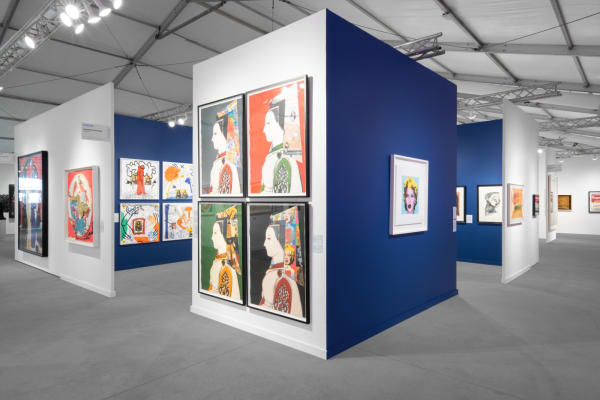
Art Miami 2022
29 Nov - 4 Dec 2022Shapero Modern will be returning for a third time to Miami for America’s foremost contemporary and modern art fair. The Fair is the original and...Read more -
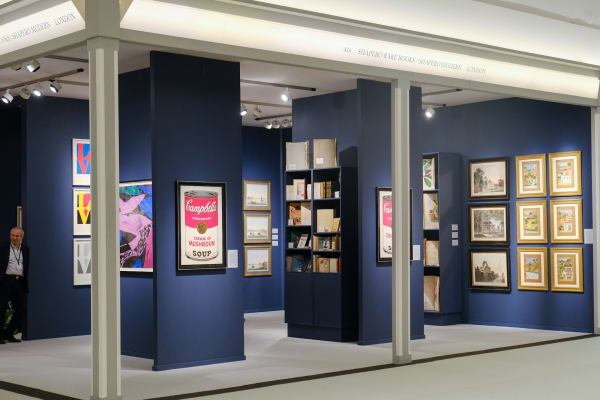
Masterpiece London 2022
30 Jun - 6 Jul 2022Masterpiece London is one of the leading international art & antique fairs, with exhibitors from around the world showcasing a wide variety of fine art,...Read more -
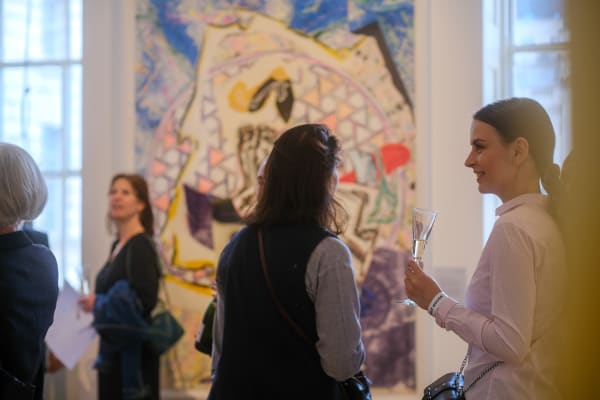
London Original Print Fair 2022
26 - 29 May 2022We are delighted once more to be taking part in the LOPF. Founded in 1985 at the Royal Academy of Arts, this year the LOPF...Read more -
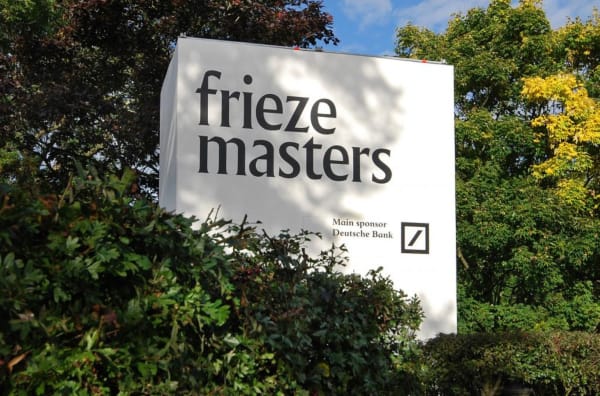
Frieze Masters 2021
13 - 17 Oct 2021Shapero Rare Books and Shapero Modern are delighted to be taking part in the 2021 edition of Frieze Masters, which will be taking place in...Read more -
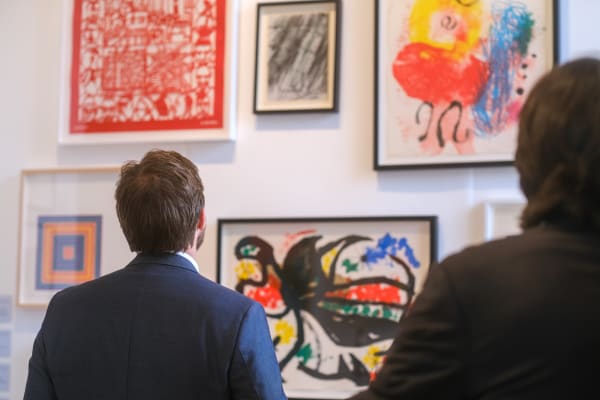
London Original Print Fair 2021
21 - 24 Apr 2021Shapero Modern is excited to be taking part in London Print Week, this year’s edition of the London Original Print Fair, which will take place...Read more
-
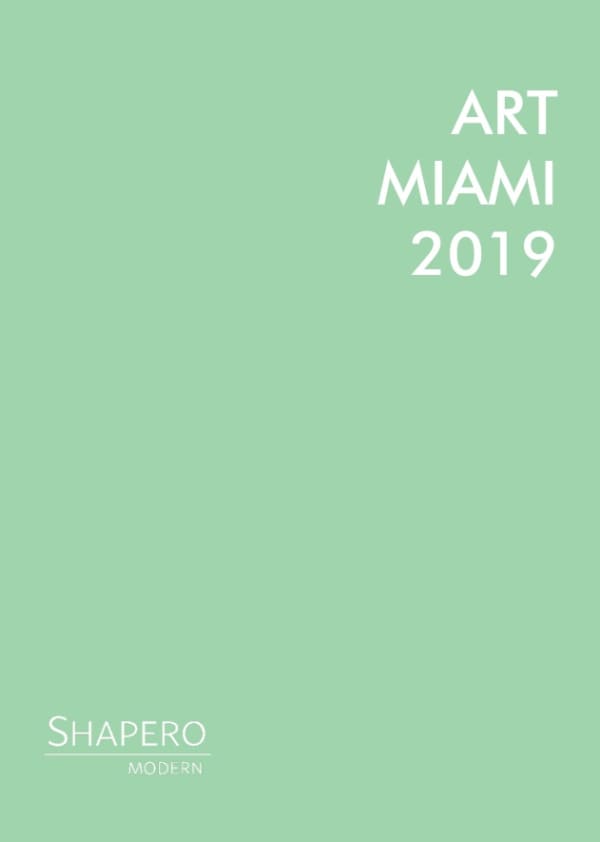
Art Miami 2019
Fair Catalogue 2019E-catalogueRead more -

Art Miami 2020
Fair Catalogue 2020E-catalogueRead more -

Art Miami 2022
Fair Catalogue 2022E-catalogueRead more -

Art Miami 2024
Fair Catalogue 2024E-catalogueRead more
-

Icons of Pop Art
The revolutionary artworks of four icons of American Pop Art Jun 2, 2025Robert Rauschenberg, Signs , 1970 Robert Rauschenberg (1925–2008) was instrumental in establishing Pop Art in the United States. His innovative ‘Combines’ fused painting and sculpture...Read more -
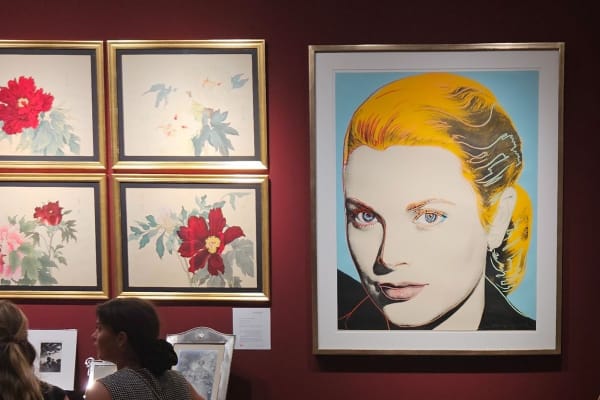
Summer Exhibition 2025
The Pop Art movement and its evolution into the present day Jun 13, 2025Robert Indiana , Tulip from A Garden of Love (1982) Andy Warhol , Grace Kelly (1984) Among the featured artists is Robert Indiana , whose...Read more -

NOW OPEN | Claes Oldenburg: Multiples
The first London exhibition of Oldenburg's Multiples May 8, 2025Claes Oldenburg NOW OPEN at Shapero Modern Claes Oldenburg: Multiples Best known for his monumental public sculptures, Oldenburg ’s artistic practice also included smaller works...Read more -

A Year at Shapero Modern
Looking back on 2024 December 28, 2024Looking back on 2024 As the year draws to a close, we are taking a moment to reflect on the highlights and achievements here at...Read more
-
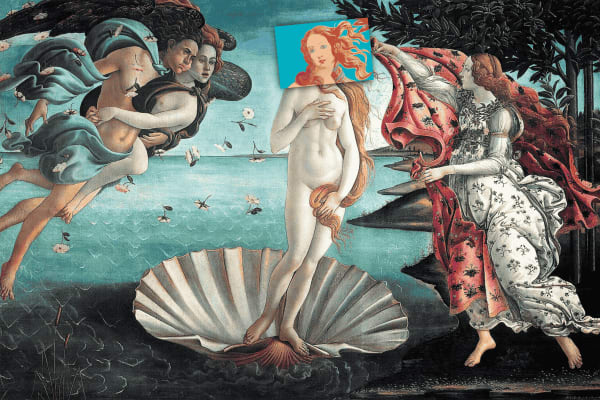
Details of Renaissance Paintings at Art Miami 2024
Discover Shapero Modern's take on renaissance paintings November 21, 2024Warhol’s Details of Renaissance Paintings at Art Miami 2024 In 1984, Andy Warhol’s work took a transformative turn with his Details of Renaissance Paintings series,...Read more -
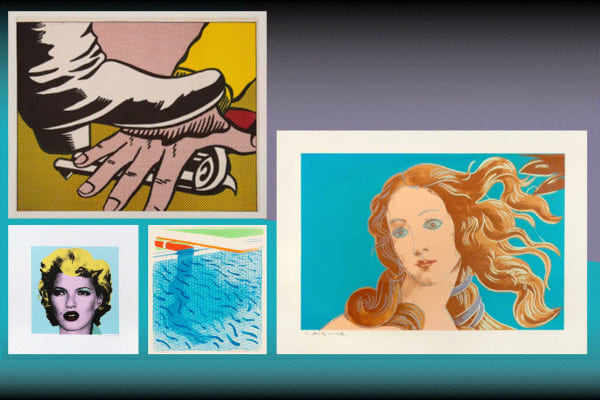
Accessible Artworks
Accessible Artworks How you can own a piece of art history and enrich your collection with timeless works of art... November 16, 2024This week we are taking a look at some of the artworks currently available at Shapero Modern by iconic artists, such as Pablo Picasso ,...Read more -
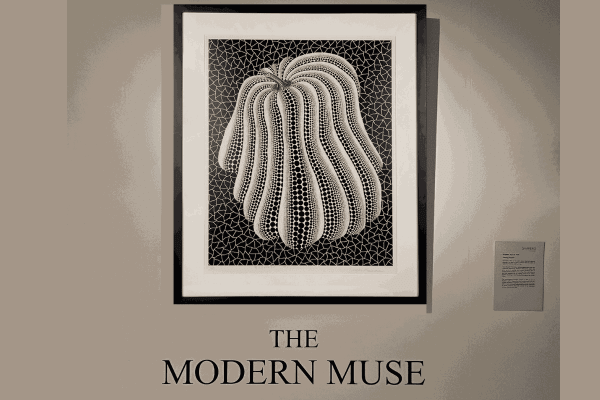
The Modern Muse | CURRENT EXHIBITION
A New Era of Inspiration October 29, 2024Current Exhibition | Shapero Modern open until 24th November The concept of the muse has always held a special place in the world of art,...Read more -
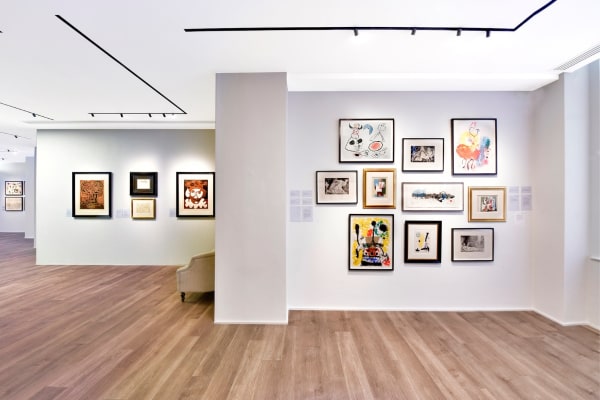
'What is a Print?' by Gallery Director Tabitha Philpott-Kent
June 25, 2021Artists have long supplemented their larger practice by making prints: original works, usually on paper, created in numbered editions and produced in collaboration with some...Read more
-

#WarholWednesday - Kiku
April 20, 2022Warhol once remarked, ‘I always notice flowers.' Kiku is a fascinating series that focuses on the chrysanthemum flower, Kiku in Japanese. Warhol created 300 screenprint...Read more -
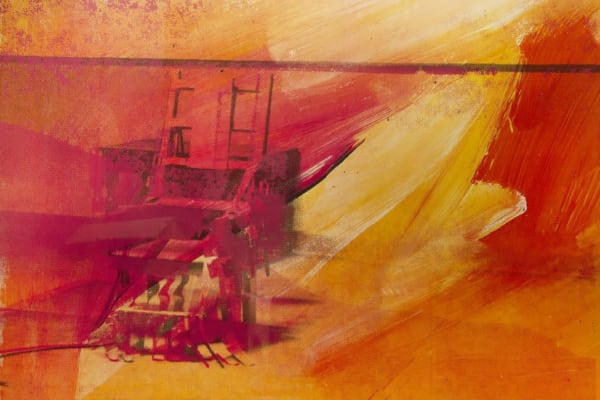
#WarholWednesday - Electric Chair
April 27, 2022Electric Chair is part of Warhol’s substantial Death and Disaster series which he started in 1962, early examples of which depicted car crashes and suicides...Read more -

#WarholWednesday - Turtle
May 4, 2022Andy Warhol’s Turtle, 1985 is a metamorphic portrait of a sea turtle in shades of purples, pinks, and blues. Based on a photograph the unusual...Read more -
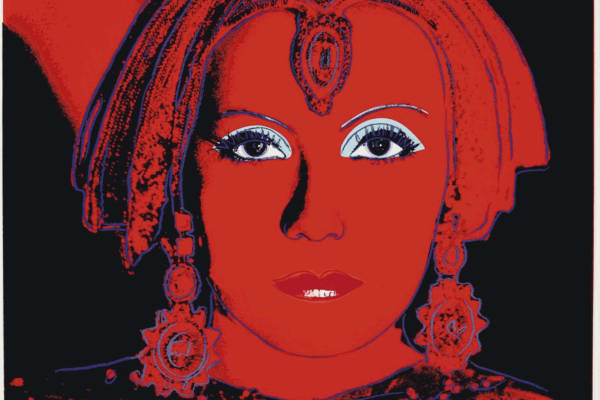
#WarholWednesday - The Star
May 13, 2022Andy Warhol’s Myths (1981) is a portfolio of 10 prints that includes: The Star, The Witch, Howdy Doody, Uncle Sam, Superman, Mammy, Dracula, Santa Claus,...Read more
-
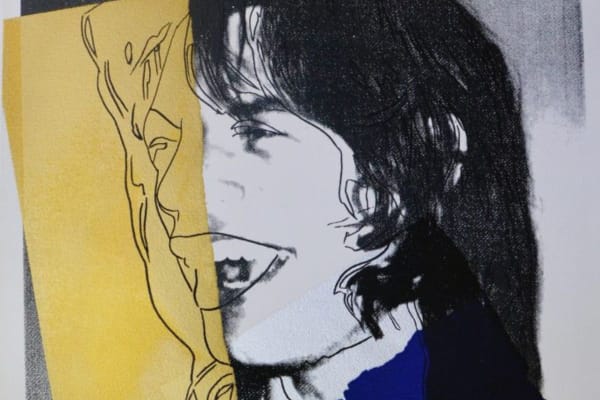
#WarholWednesday - Mick Jagger
May 20, 2022Andy Warhol met Mick Jagger in 1963 when the Rolling Stones were relatively unknown in the United States. Warhol had designed the band’s provocative album...Read more -
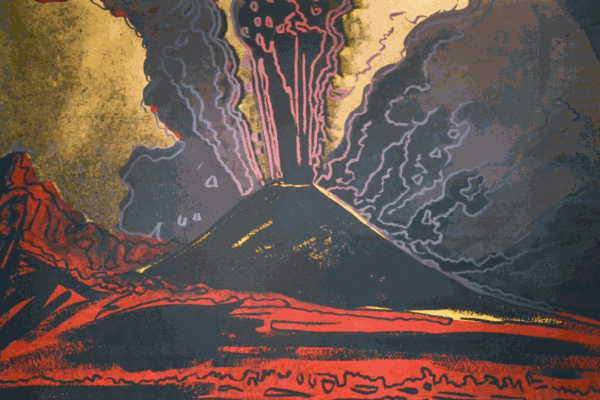
#WarholWednesday - Vesuvius
May 25, 2022In ‘Vesuvius’ Andy Warhol represents the magnificence and grandeur of the Neapolitan icon in his typical Pop Art style. This is an ‘hommage’ to Naples...Read more -
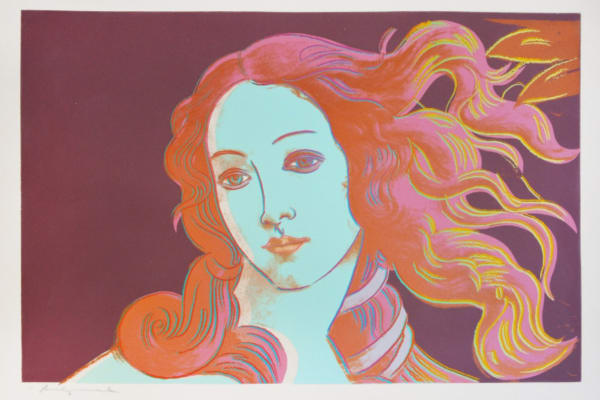
#WarholWednesday - Birth of Venus
June 8, 2022Andy WARHOL Sandro Botticelli, Birth of Venus, 1984 Screenprint on Arches Aquarelle (Cold Pressed) paper Edition of 70 ‘When you think about it, department stores...Read more -
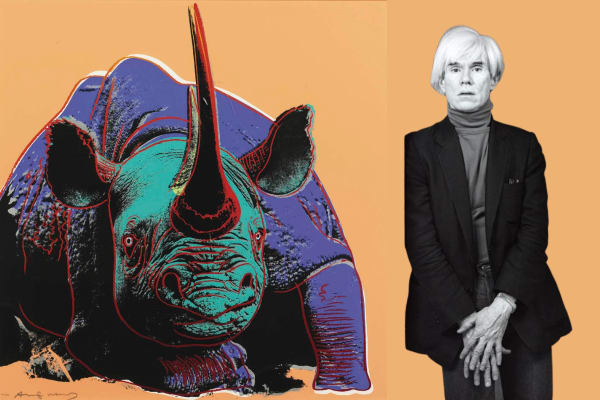
#WarholWednesday - Black Rhinoceros
June 15, 2022Discover more about Andy Warhol every Wednesday and view available art for sale at Shapero Modern. Black Rhinoceros is part of Andy Warhol’s influential 1983...Read more
-

#WarholWednesday - Committee 2000
September 14, 2022Andy Warhol’s ‘Committee 2000’ was commissioned and published by a group called Committee 2000 in Munich, Germany, in 1982 to raise funds for upcoming projects...Read more -
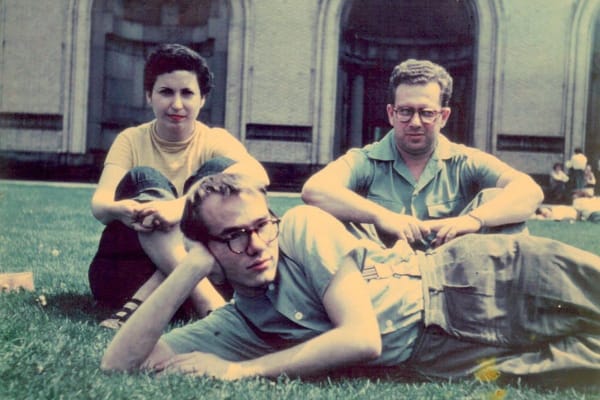
Andy Warhol's Blotted Line Drawing
February 6, 2023In 1950s New York, before the Pop Art soup cans and Marilyns, Andy Warhol was already a well-regarded commercial artist. In an act of self-promotion...Read more -
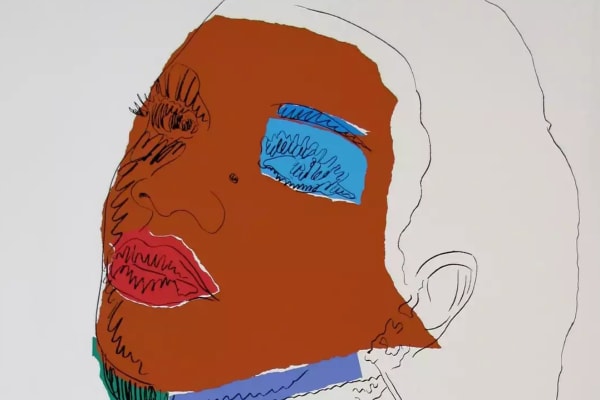
Spotlight | Ladies and Gentlemen
February 8, 2023Known for his fascination with the iconic, famous and infamous, Andy Warhol captured the likeness of countless household names, however the subjects of his 'Ladies...Read more -
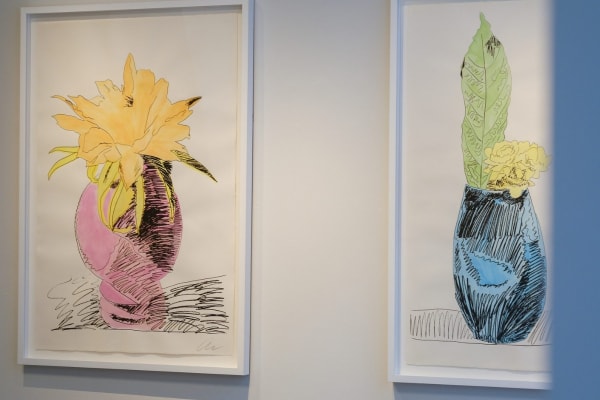
Spotlight | The Flowers Series
February 9, 2023Made in 1974, the ‘Flowers’ series is a sudden diversion away from Warhol’s typical stylistic way of working at the time. Throughout this series Warhol...Read more


